Reviews, Tech
HONOR Magic V3 review: Seeing the future of foldables
HONOR Magic V3 feels like a culmination of what these folding devices are trying to achieve. It's unexpectedly slim, and powerful, and it's more affordable, too.
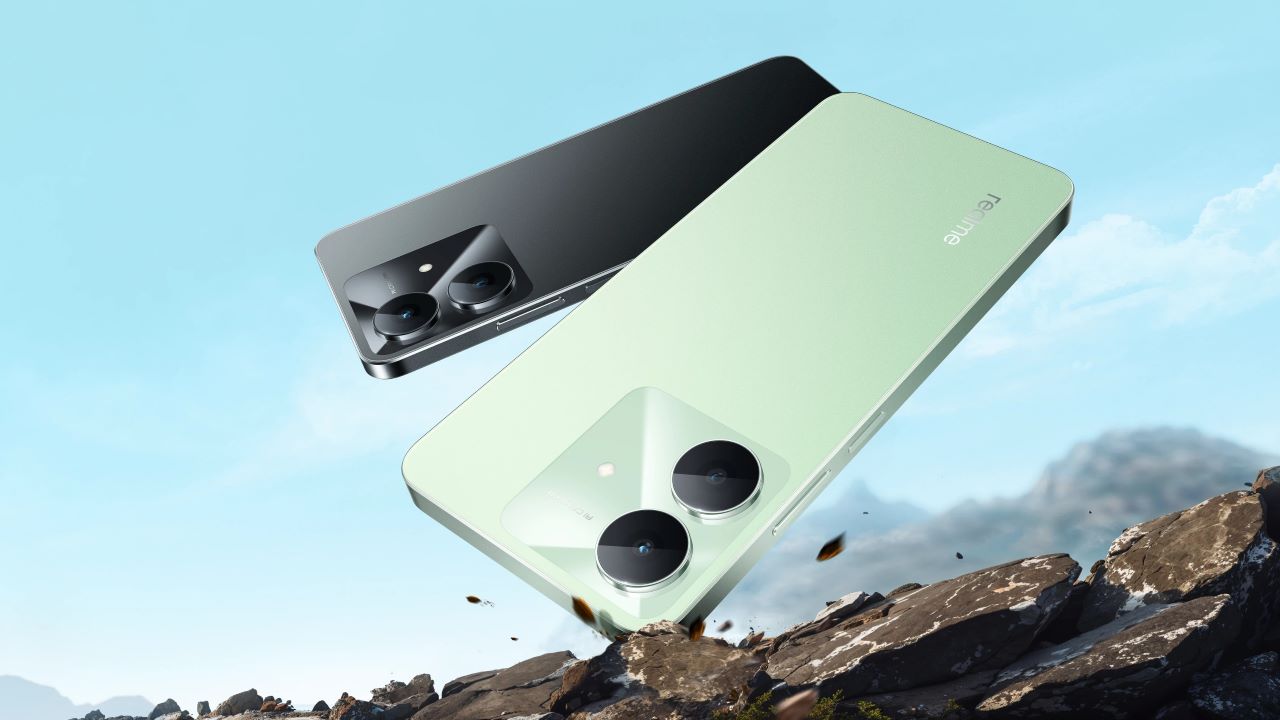
realme has kicked off the year by introducing a new storage variant for its popular realme Note 60x.
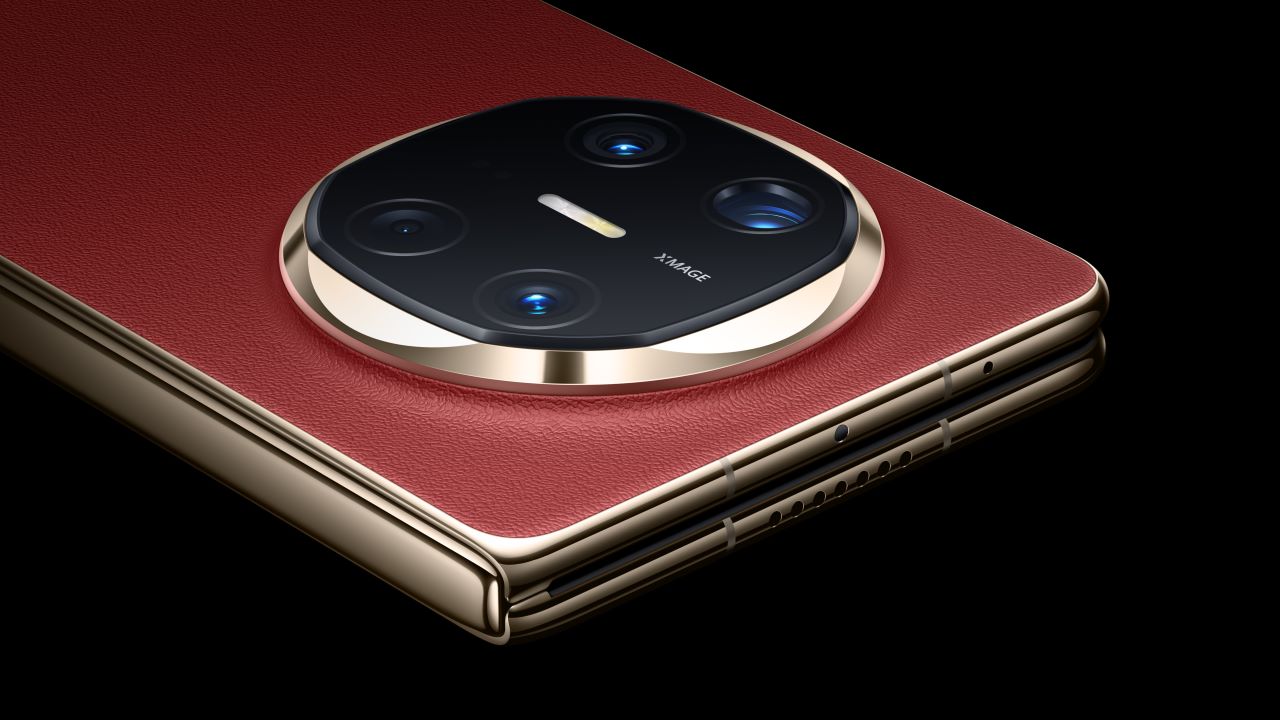
Huawei is set to launch the Huawei Mate X6 in the Philippines this January 2025.
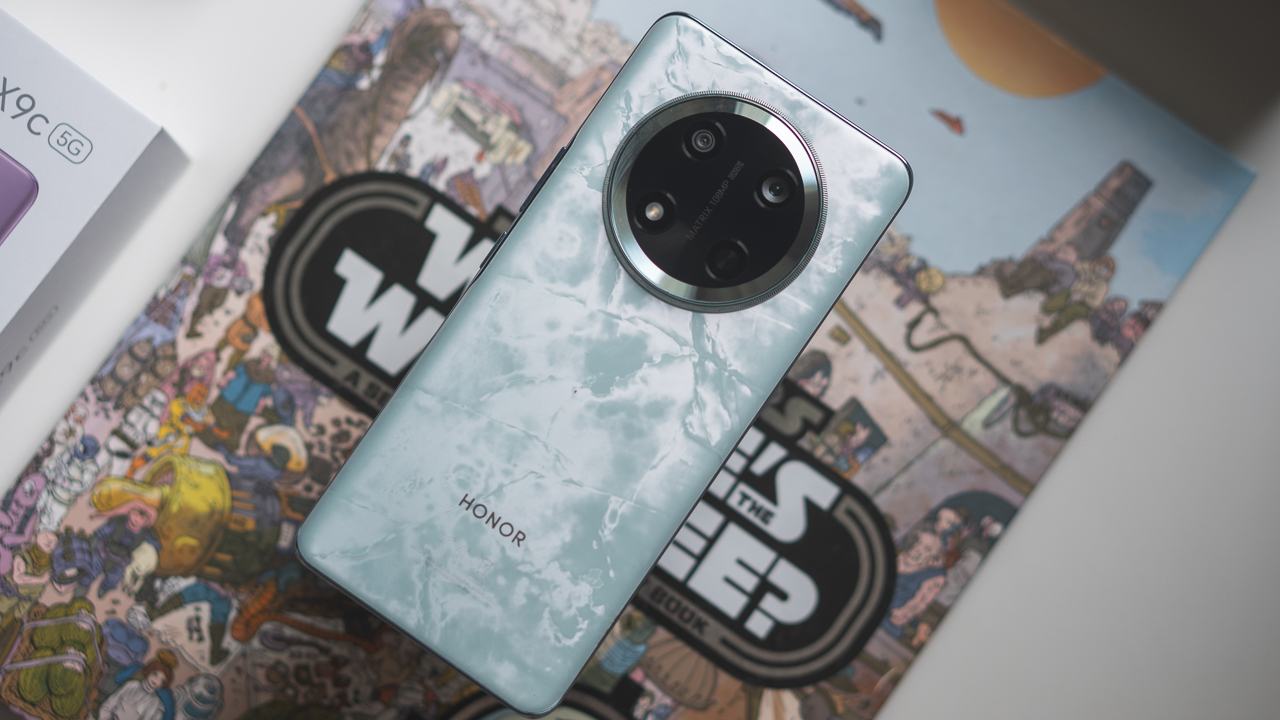
Available in a single variant priced at PhP 16,999. customers who pre-order the HONOR X9c 5G until January 24 will get a chance to win an exciting priz

POCO has launched the highly anticipated POCO X7 Iron Man Edition, along with the standard POCO X7 and POCO X7 Pro models.
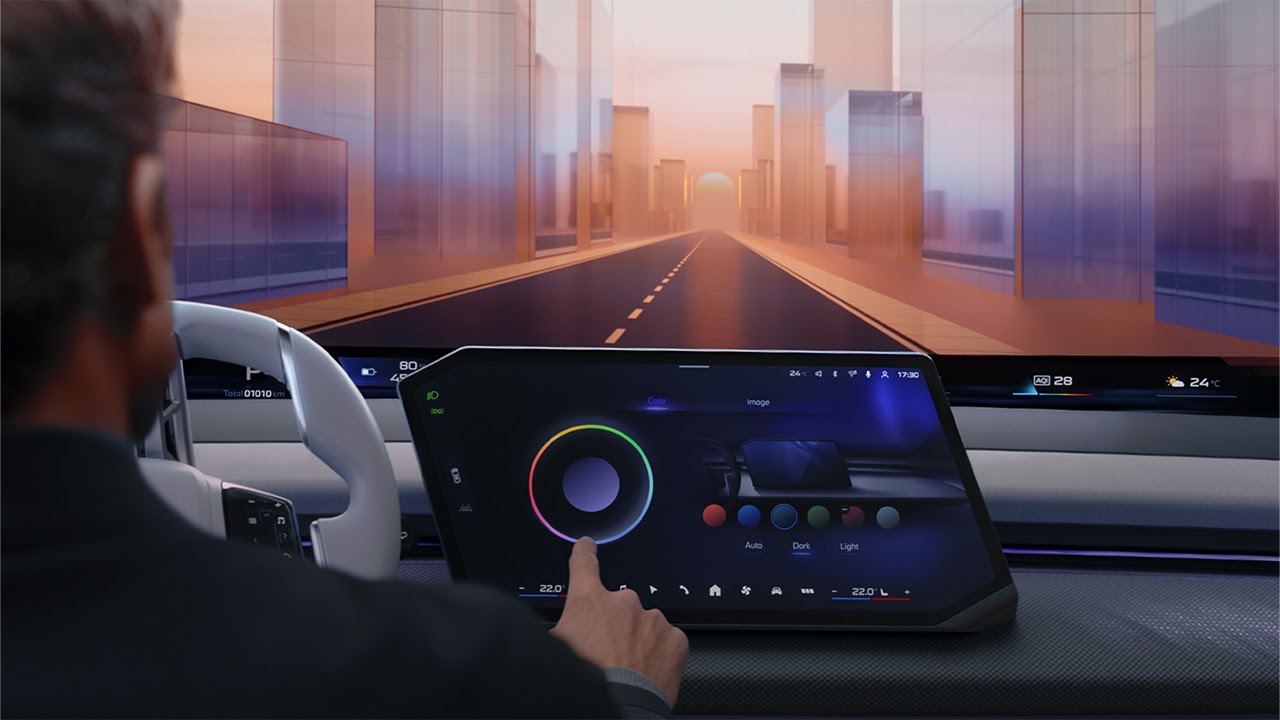
At CES 2025, BMW revealed the next step in the evolution of its iDrive system — the Panoramic iDrive. Having teased this tech last year in the iVision Dee concept, the automaker is now ready to show off the fully realized version of this innovative infotainment system. What makes this debut particularly exciting is the seamless integration of advanced technologies, including an expanded heads-up display, a customizable infotainment system, and cutting-edge AI, all part of BMW’s new Operating System X. The Panoramic iDrive The centerpiece of this system is the Panoramic Vision, which takes the concept of the traditional heads-up display (HUD) to the next level. Instead of being confined to a small patch of windshield, BMW’s new HUD runs the length of the lower edge of the windshield, stretching between the A-pillars. This three-dimensional display presents key driving information directly in the driver’s line of sight, such as speed, adaptive driving assistance system (ADAS) data, navigation instructions, road signs, and even stoplight information. It’s also customizable. Drivers can choose which pieces of information are most important, and position them to appear in their direct eyeline. The Panoramic HUD is visible not only to the driver but also to the passenger. Unlike traditional HUDs that are visible from a specific angle, BMW’s new display ensures that both occupants can view the same content. This includes real-time information about the vehicle’s path, which turns green when using onboard navigation with driver assist features, providing a more intuitive and connected experience. BMW has also made sure this tech works with higher levels of automated driving, and the integration of ADAS features directly into the HUD makes this future-proof. The system is designed to improve as BMW continues to enhance its hands-off autonomous driving features, especially on highways. As for durability, BMW confirmed that the windshield itself is not a specialty one — no additional cost for replacement should it get damaged, as a special film layer allows the 3D images to appear crisp without requiring any special glass. More Customization with a New Infotainment Screen In addition to the revolutionary HUD, BMW is introducing a new rhombus-shaped central touchscreen that offers a completely customizable interface. The design aims to give users greater control over their on-screen experience, allowing them to drag and drop “pixels” (or apps) they use most often into two main boxes on the home screen for easy access. The screen itself is angled toward the driver, enhancing usability while keeping things sleek and modern. BMW is also laying the groundwork for an in-car app store, where users can download new apps to enhance their driving experience, ranging from special lighting features to other advanced capabilities. This app-based model aligns with the growing trend in the automotive world to integrate software as a service into the vehicle. AI and Voice Recognition: Smarter Than Ever The system goes even further by using edge AI to learn from the driver’s habits and preferences. It analyzes driving patterns and adapts the interface to present the features the driver uses most frequently. For example, if you regularly switch to Sport mode when driving on winding roads, or you tend to cue up your favorite music when you get in the car, these options will automatically pop up on the screen, saving you time and energy when navigating through the system. BMW is also introducing large language models (LLMs) to power its voice recognition system, taking the company’s class-leading natural language processing to the next level. Now, you can ask the system to “take me to a charging station near the grocery store,” without needing to use precise keywords. This shift makes the in-car experience more intuitive and conversational, reducing the need for specific commands while increasing overall ease of use. When can we expect this tech in BWM’s vehicles? While BMW has showcased the Panoramic iDrive system in full form at CES 2025, the technology will make its official debut in the Neue Klasse SUV later this year. However, it won’t be limited to just one model — BMW plans to roll this tech across its full range of vehicles by the end of 2025, which means whether you’re looking at a sleek sedan, a sporty coupe, or an electric SUV, the Panoramic iDrive could soon become an integral part of your driving experience.

In celebration of the Coraline 15th anniversary, LAIKA is bringing the eerie world of Coraline to Roblo
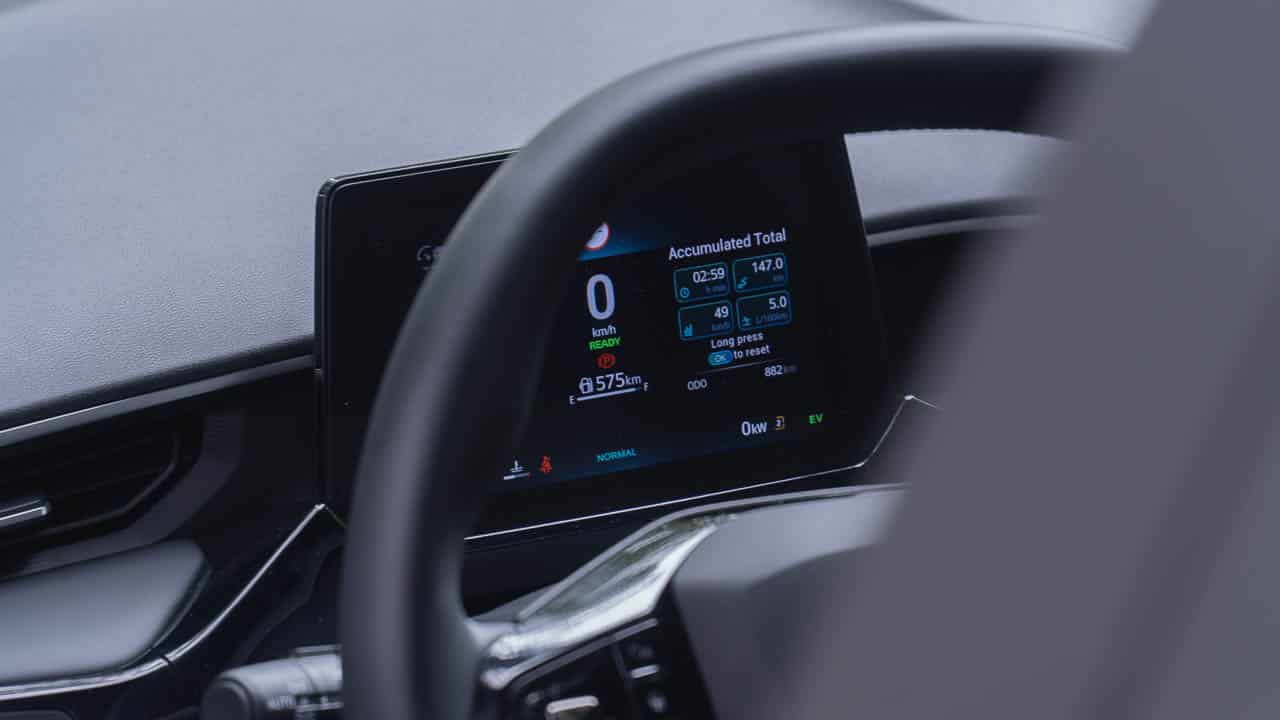
Oritek previewed a new chipset set to redefine Advanced Driver Assistance Systems in vehicles with the help of AI

realme has kicked off the year by introducing a new storage variant for its popular realme Note 60x.

Huawei is set to launch the Huawei Mate X6 in the Philippines this January 2025.

Available in a single variant priced at PhP 16,999. customers who pre-order the HONOR X9c 5G until January 24 will get a chance to win an exciting priz

POCO has launched the highly anticipated POCO X7 Iron Man Edition, along with the standard POCO X7 and POCO X7 Pro models.

At CES 2025, BMW revealed the next step in the evolution of its iDrive system — the Panoramic iDrive. Having teased this tech last year in the iVision Dee concept, the automaker is now ready to show off the fully realized version of this innovative infotainment system. What makes this debut particularly exciting is the seamless integration of advanced technologies, including an expanded heads-up display, a customizable infotainment system, and cutting-edge AI, all part of BMW’s new Operating System X. The Panoramic iDrive The centerpiece of this system is the Panoramic Vision, which takes the concept of the traditional heads-up display (HUD) to the next level. Instead of being confined to a small patch of windshield, BMW’s new HUD runs the length of the lower edge of the windshield, stretching between the A-pillars. This three-dimensional display presents key driving information directly in the driver’s line of sight, such as speed, adaptive driving assistance system (ADAS) data, navigation instructions, road signs, and even stoplight information. It’s also customizable. Drivers can choose which pieces of information are most important, and position them to appear in their direct eyeline. The Panoramic HUD is visible not only to the driver but also to the passenger. Unlike traditional HUDs that are visible from a specific angle, BMW’s new display ensures that both occupants can view the same content. This includes real-time information about the vehicle’s path, which turns green when using onboard navigation with driver assist features, providing a more intuitive and connected experience. BMW has also made sure this tech works with higher levels of automated driving, and the integration of ADAS features directly into the HUD makes this future-proof. The system is designed to improve as BMW continues to enhance its hands-off autonomous driving features, especially on highways. As for durability, BMW confirmed that the windshield itself is not a specialty one — no additional cost for replacement should it get damaged, as a special film layer allows the 3D images to appear crisp without requiring any special glass. More Customization with a New Infotainment Screen In addition to the revolutionary HUD, BMW is introducing a new rhombus-shaped central touchscreen that offers a completely customizable interface. The design aims to give users greater control over their on-screen experience, allowing them to drag and drop “pixels” (or apps) they use most often into two main boxes on the home screen for easy access. The screen itself is angled toward the driver, enhancing usability while keeping things sleek and modern. BMW is also laying the groundwork for an in-car app store, where users can download new apps to enhance their driving experience, ranging from special lighting features to other advanced capabilities. This app-based model aligns with the growing trend in the automotive world to integrate software as a service into the vehicle. AI and Voice Recognition: Smarter Than Ever The system goes even further by using edge AI to learn from the driver’s habits and preferences. It analyzes driving patterns and adapts the interface to present the features the driver uses most frequently. For example, if you regularly switch to Sport mode when driving on winding roads, or you tend to cue up your favorite music when you get in the car, these options will automatically pop up on the screen, saving you time and energy when navigating through the system. BMW is also introducing large language models (LLMs) to power its voice recognition system, taking the company’s class-leading natural language processing to the next level. Now, you can ask the system to “take me to a charging station near the grocery store,” without needing to use precise keywords. This shift makes the in-car experience more intuitive and conversational, reducing the need for specific commands while increasing overall ease of use. When can we expect this tech in BWM’s vehicles? While BMW has showcased the Panoramic iDrive system in full form at CES 2025, the technology will make its official debut in the Neue Klasse SUV later this year. However, it won’t be limited to just one model — BMW plans to roll this tech across its full range of vehicles by the end of 2025, which means whether you’re looking at a sleek sedan, a sporty coupe, or an electric SUV, the Panoramic iDrive could soon become an integral part of your driving experience.

In celebration of the Coraline 15th anniversary, LAIKA is bringing the eerie world of Coraline to Roblo

Oritek previewed a new chipset set to redefine Advanced Driver Assistance Systems in vehicles with the help of AI

realme has kicked off the year by introducing a new storage variant for its popular realme Note 60x.

Huawei is set to launch the Huawei Mate X6 in the Philippines this January 2025.

Available in a single variant priced at PhP 16,999. customers who pre-order the HONOR X9c 5G until January 24 will get a chance to win an exciting priz

POCO has launched the highly anticipated POCO X7 Iron Man Edition, along with the standard POCO X7 and POCO X7 Pro models.

At CES 2025, BMW revealed the next step in the evolution of its iDrive system — the Panoramic iDrive. Having teased this tech last year in the iVision Dee concept, the automaker is now ready to show off the fully realized version of this innovative infotainment system. What makes this debut particularly exciting is the seamless integration of advanced technologies, including an expanded heads-up display, a customizable infotainment system, and cutting-edge AI, all part of BMW’s new Operating System X. The Panoramic iDrive The centerpiece of this system is the Panoramic Vision, which takes the concept of the traditional heads-up display (HUD) to the next level. Instead of being confined to a small patch of windshield, BMW’s new HUD runs the length of the lower edge of the windshield, stretching between the A-pillars. This three-dimensional display presents key driving information directly in the driver’s line of sight, such as speed, adaptive driving assistance system (ADAS) data, navigation instructions, road signs, and even stoplight information. It’s also customizable. Drivers can choose which pieces of information are most important, and position them to appear in their direct eyeline. The Panoramic HUD is visible not only to the driver but also to the passenger. Unlike traditional HUDs that are visible from a specific angle, BMW’s new display ensures that both occupants can view the same content. This includes real-time information about the vehicle’s path, which turns green when using onboard navigation with driver assist features, providing a more intuitive and connected experience. BMW has also made sure this tech works with higher levels of automated driving, and the integration of ADAS features directly into the HUD makes this future-proof. The system is designed to improve as BMW continues to enhance its hands-off autonomous driving features, especially on highways. As for durability, BMW confirmed that the windshield itself is not a specialty one — no additional cost for replacement should it get damaged, as a special film layer allows the 3D images to appear crisp without requiring any special glass. More Customization with a New Infotainment Screen In addition to the revolutionary HUD, BMW is introducing a new rhombus-shaped central touchscreen that offers a completely customizable interface. The design aims to give users greater control over their on-screen experience, allowing them to drag and drop “pixels” (or apps) they use most often into two main boxes on the home screen for easy access. The screen itself is angled toward the driver, enhancing usability while keeping things sleek and modern. BMW is also laying the groundwork for an in-car app store, where users can download new apps to enhance their driving experience, ranging from special lighting features to other advanced capabilities. This app-based model aligns with the growing trend in the automotive world to integrate software as a service into the vehicle. AI and Voice Recognition: Smarter Than Ever The system goes even further by using edge AI to learn from the driver’s habits and preferences. It analyzes driving patterns and adapts the interface to present the features the driver uses most frequently. For example, if you regularly switch to Sport mode when driving on winding roads, or you tend to cue up your favorite music when you get in the car, these options will automatically pop up on the screen, saving you time and energy when navigating through the system. BMW is also introducing large language models (LLMs) to power its voice recognition system, taking the company’s class-leading natural language processing to the next level. Now, you can ask the system to “take me to a charging station near the grocery store,” without needing to use precise keywords. This shift makes the in-car experience more intuitive and conversational, reducing the need for specific commands while increasing overall ease of use. When can we expect this tech in BWM’s vehicles? While BMW has showcased the Panoramic iDrive system in full form at CES 2025, the technology will make its official debut in the Neue Klasse SUV later this year. However, it won’t be limited to just one model — BMW plans to roll this tech across its full range of vehicles by the end of 2025, which means whether you’re looking at a sleek sedan, a sporty coupe, or an electric SUV, the Panoramic iDrive could soon become an integral part of your driving experience.

In celebration of the Coraline 15th anniversary, LAIKA is bringing the eerie world of Coraline to Roblo

Oritek previewed a new chipset set to redefine Advanced Driver Assistance Systems in vehicles with the help of AI

realme has kicked off the year by introducing a new storage variant for its popular realme Note 60x.

Huawei is set to launch the Huawei Mate X6 in the Philippines this January 2025.

Available in a single variant priced at PhP 16,999. customers who pre-order the HONOR X9c 5G until January 24 will get a chance to win an exciting priz

POCO has launched the highly anticipated POCO X7 Iron Man Edition, along with the standard POCO X7 and POCO X7 Pro models.

At CES 2025, BMW revealed the next step in the evolution of its iDrive system — the Panoramic iDrive. Having teased this tech last year in the iVision Dee concept, the automaker is now ready to show off the fully realized version of this innovative infotainment system. What makes this debut particularly exciting is the seamless integration of advanced technologies, including an expanded heads-up display, a customizable infotainment system, and cutting-edge AI, all part of BMW’s new Operating System X. The Panoramic iDrive The centerpiece of this system is the Panoramic Vision, which takes the concept of the traditional heads-up display (HUD) to the next level. Instead of being confined to a small patch of windshield, BMW’s new HUD runs the length of the lower edge of the windshield, stretching between the A-pillars. This three-dimensional display presents key driving information directly in the driver’s line of sight, such as speed, adaptive driving assistance system (ADAS) data, navigation instructions, road signs, and even stoplight information. It’s also customizable. Drivers can choose which pieces of information are most important, and position them to appear in their direct eyeline. The Panoramic HUD is visible not only to the driver but also to the passenger. Unlike traditional HUDs that are visible from a specific angle, BMW’s new display ensures that both occupants can view the same content. This includes real-time information about the vehicle’s path, which turns green when using onboard navigation with driver assist features, providing a more intuitive and connected experience. BMW has also made sure this tech works with higher levels of automated driving, and the integration of ADAS features directly into the HUD makes this future-proof. The system is designed to improve as BMW continues to enhance its hands-off autonomous driving features, especially on highways. As for durability, BMW confirmed that the windshield itself is not a specialty one — no additional cost for replacement should it get damaged, as a special film layer allows the 3D images to appear crisp without requiring any special glass. More Customization with a New Infotainment Screen In addition to the revolutionary HUD, BMW is introducing a new rhombus-shaped central touchscreen that offers a completely customizable interface. The design aims to give users greater control over their on-screen experience, allowing them to drag and drop “pixels” (or apps) they use most often into two main boxes on the home screen for easy access. The screen itself is angled toward the driver, enhancing usability while keeping things sleek and modern. BMW is also laying the groundwork for an in-car app store, where users can download new apps to enhance their driving experience, ranging from special lighting features to other advanced capabilities. This app-based model aligns with the growing trend in the automotive world to integrate software as a service into the vehicle. AI and Voice Recognition: Smarter Than Ever The system goes even further by using edge AI to learn from the driver’s habits and preferences. It analyzes driving patterns and adapts the interface to present the features the driver uses most frequently. For example, if you regularly switch to Sport mode when driving on winding roads, or you tend to cue up your favorite music when you get in the car, these options will automatically pop up on the screen, saving you time and energy when navigating through the system. BMW is also introducing large language models (LLMs) to power its voice recognition system, taking the company’s class-leading natural language processing to the next level. Now, you can ask the system to “take me to a charging station near the grocery store,” without needing to use precise keywords. This shift makes the in-car experience more intuitive and conversational, reducing the need for specific commands while increasing overall ease of use. When can we expect this tech in BWM’s vehicles? While BMW has showcased the Panoramic iDrive system in full form at CES 2025, the technology will make its official debut in the Neue Klasse SUV later this year. However, it won’t be limited to just one model — BMW plans to roll this tech across its full range of vehicles by the end of 2025, which means whether you’re looking at a sleek sedan, a sporty coupe, or an electric SUV, the Panoramic iDrive could soon become an integral part of your driving experience.

In celebration of the Coraline 15th anniversary, LAIKA is bringing the eerie world of Coraline to Roblo

Oritek previewed a new chipset set to redefine Advanced Driver Assistance Systems in vehicles with the help of AI

realme has kicked off the year by introducing a new storage variant for its popular realme Note 60x.

Huawei is set to launch the Huawei Mate X6 in the Philippines this January 2025.

Available in a single variant priced at PhP 16,999. customers who pre-order the HONOR X9c 5G until January 24 will get a chance to win an exciting priz

realme has kicked off the year by introducing a new storage variant for its popular realme Note 60x.

Huawei is set to launch the Huawei Mate X6 in the Philippines this January 2025.

Available in a single variant priced at PhP 16,999. customers who pre-order the HONOR X9c 5G until January 24 will get a chance to win an exciting priz

POCO has launched the highly anticipated POCO X7 Iron Man Edition, along with the standard POCO X7 and POCO X7 Pro models.


Oritek previewed a new chipset set to redefine Advanced Driver Assistance Systems in vehicles with the help of AI

The first episode of Grip: A Toyota Story is now out and available to stream for free.
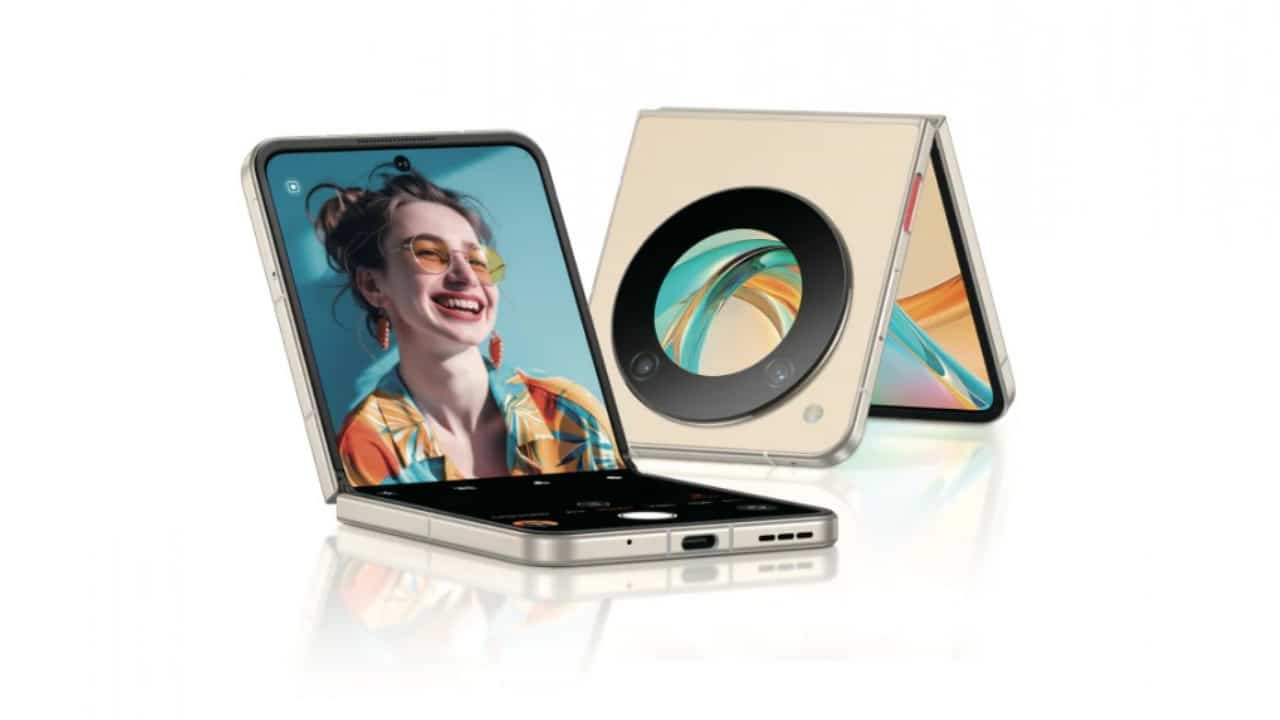
At Mobile World Congress 2024, ZTE's Nubia brand unveiled the Nubia Flip 5G, a remarkably affordable flip phone priced at…
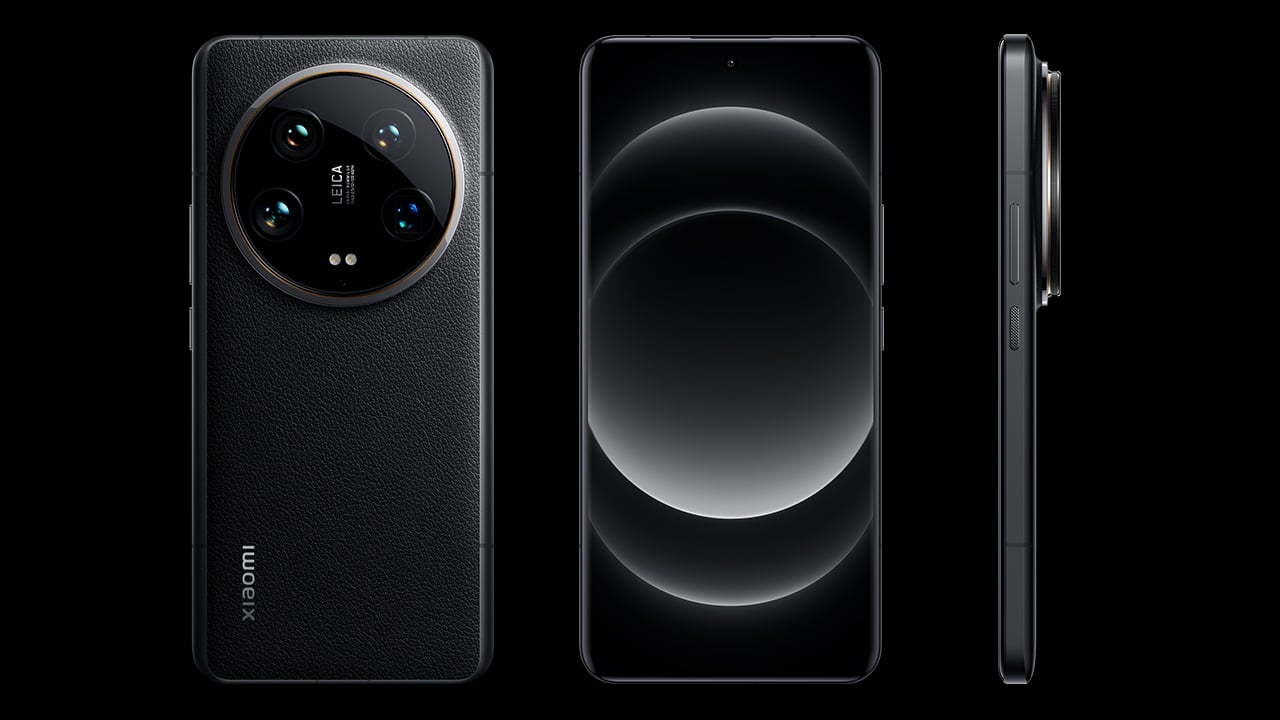
Xiaomi has introduced its highly anticipated flagship smartphone lineup, the Xiaomi 14 Series.
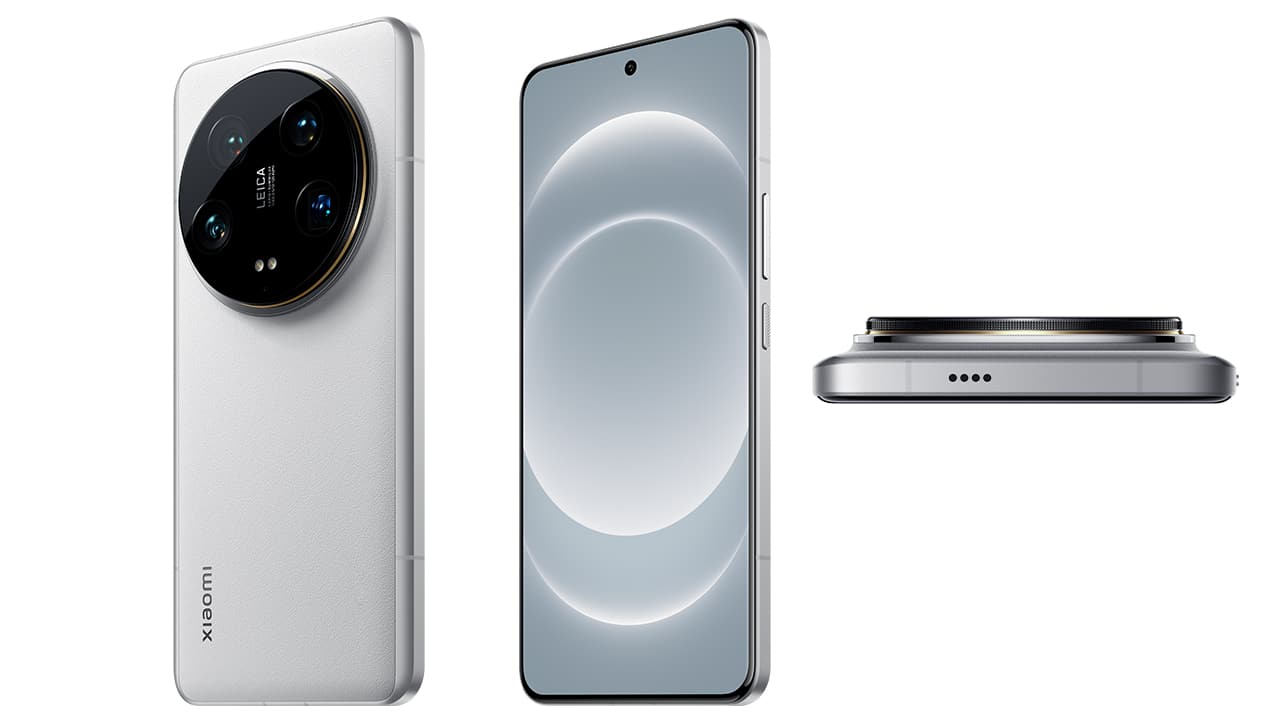
Alongside the launch of its flagship Xiaomi 14 Series smartphones with Leica optics, Xiaomi has also announced the global launch…

Lenovo is set to unveil its latest portfolio of AI devices and infrastructure at the upcoming Mobile World Congress
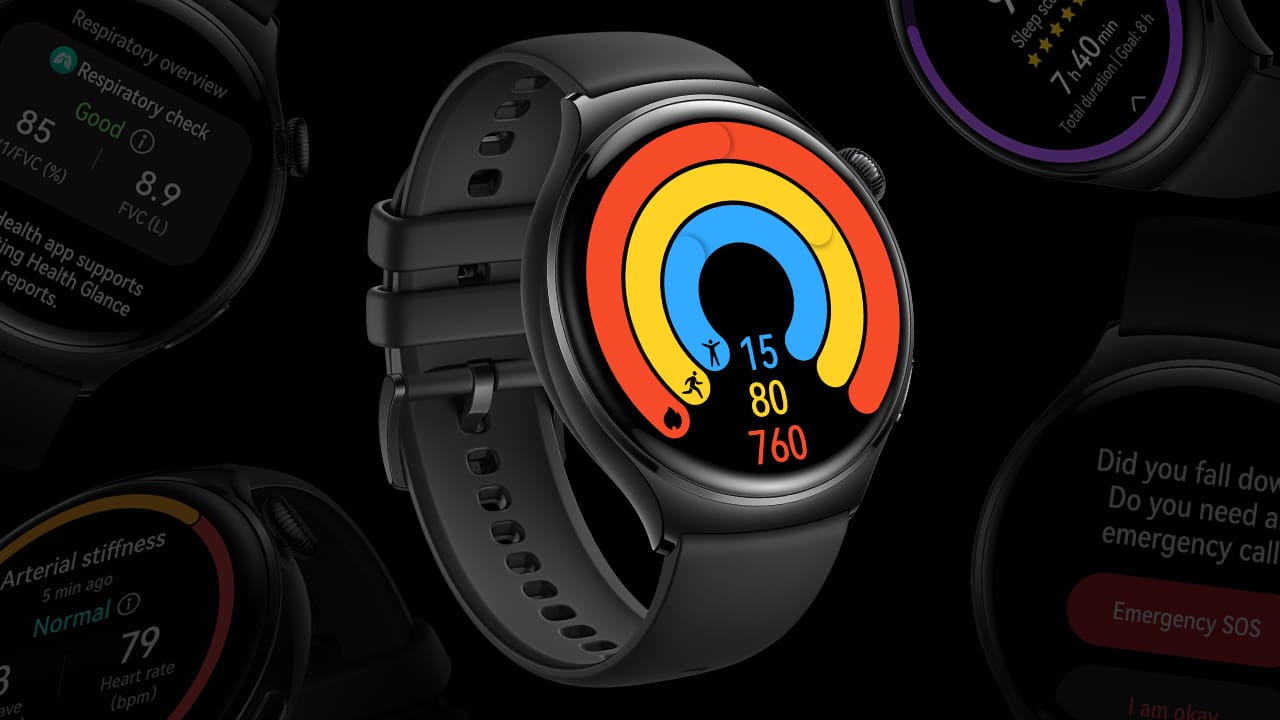
The Huawei Watch 4 represents the pinnacle of wearable technology, seamlessly integrating advanced health monitoring features with cutting-edge smartwatch functionalities.
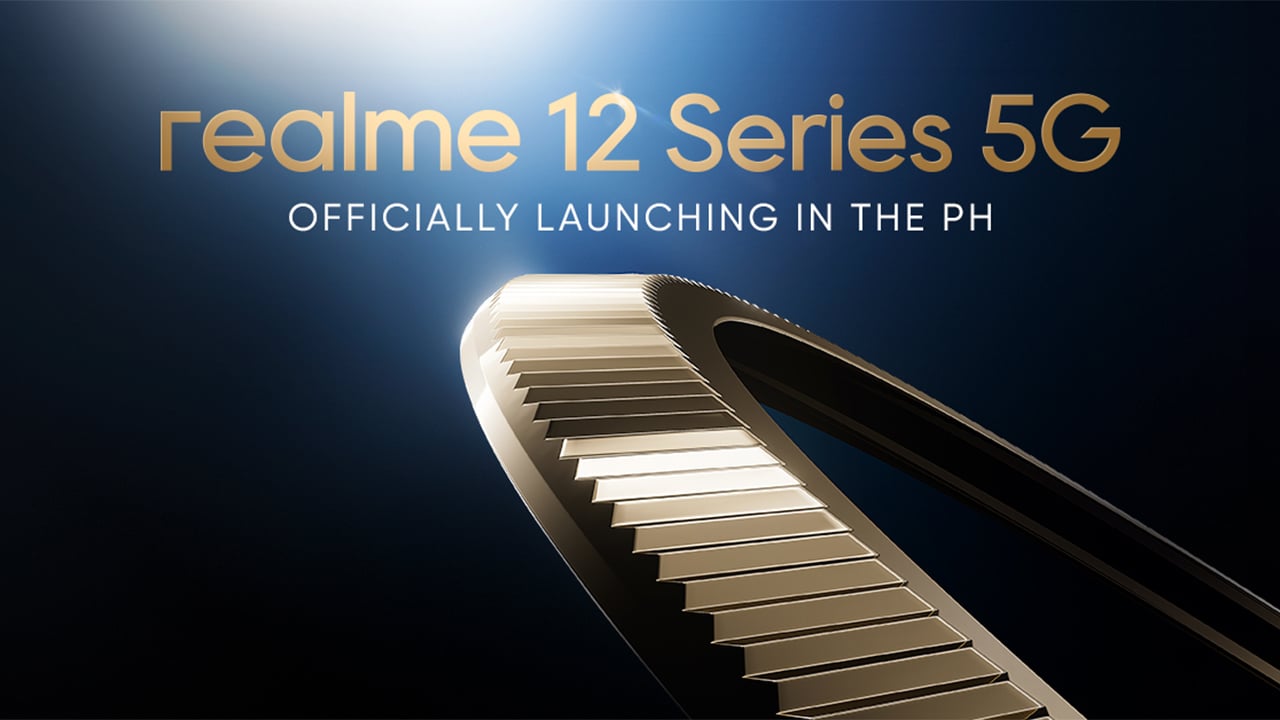
Following the global launch of the realme 12 Pro Series 5G in January, realme Philippines finally hints the arrival of…
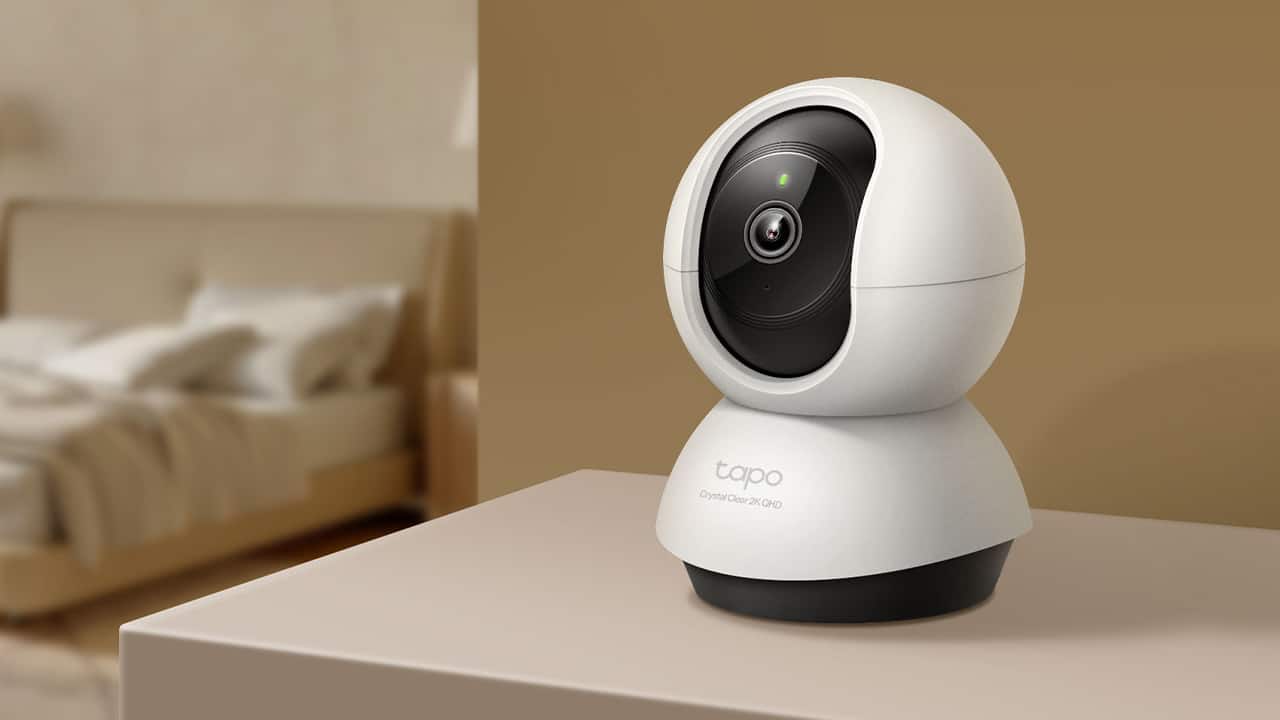
TP-Link has harnessed modern AI technology to create its most powerful Home Wi-Fi Camera system yet, the Tapo C220

The new Fujifilm X100VI is priced in the Philippines at PhP 103, 990 while the limited edition X100VI is priced…

The first episode of Grip: A Toyota Story is now out and available to stream for free.

At Mobile World Congress 2024, ZTE's Nubia brand unveiled the Nubia Flip 5G, a remarkably affordable flip phone priced at…

Xiaomi has introduced its highly anticipated flagship smartphone lineup, the Xiaomi 14 Series.

Alongside the launch of its flagship Xiaomi 14 Series smartphones with Leica optics, Xiaomi has also announced the global launch…

Lenovo is set to unveil its latest portfolio of AI devices and infrastructure at the upcoming Mobile World Congress

The Huawei Watch 4 represents the pinnacle of wearable technology, seamlessly integrating advanced health monitoring features with cutting-edge smartwatch functionalities.

Following the global launch of the realme 12 Pro Series 5G in January, realme Philippines finally hints the arrival of…

TP-Link has harnessed modern AI technology to create its most powerful Home Wi-Fi Camera system yet, the Tapo C220

The new Fujifilm X100VI is priced in the Philippines at PhP 103, 990 while the limited edition X100VI is priced…

The Midea Washbot is a 2-in-1 smart home appliance that combines a robo vacuum with a washing machine.

No time to shop? Gift digital! From e-books to gift cards, we've got some suggestions.

A power bank has always been a no-fail gift. Here are 3 suggestions from ROMOSS


Toyota and Lexus join for a test drive event for their HEVs and BEVs at BGC this weekend
At CES 2025, BMW revealed the next step in the...
Read MoreOritek previewed a new chipset set to redefine Advanced Driver...
Read MoreDeliveries for the AFEELA Signature trim are expected to commence...
Read MoreZeekr and Qualcomm are set to design a smarter, more...
Read MoreThe Next-Gen Toyota Tamaraw offers diesel and gas variants powered...
Read MoreDiscover how the Nissan Navara Pro-4X delivers adventure-ready performance for...
Read More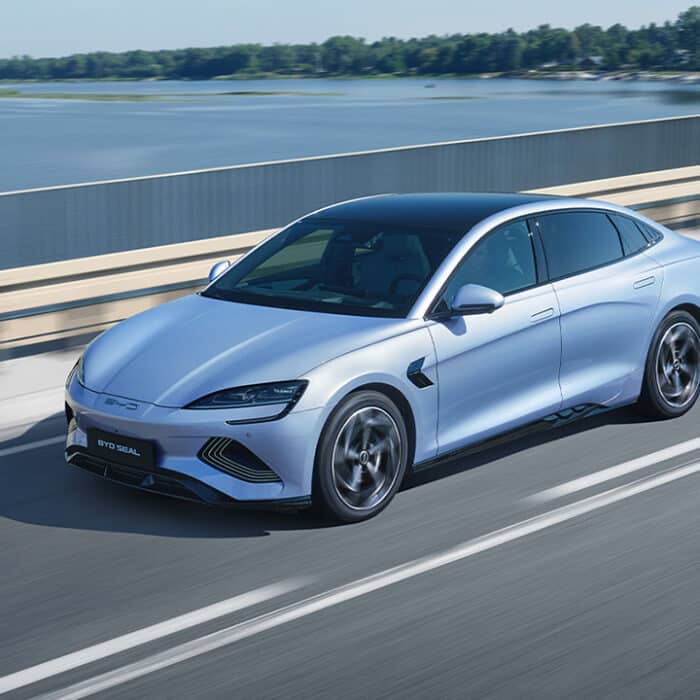
BYD Battery Electric Vehicles are in the running for 2024 World Car of the Year overall and category honors as…
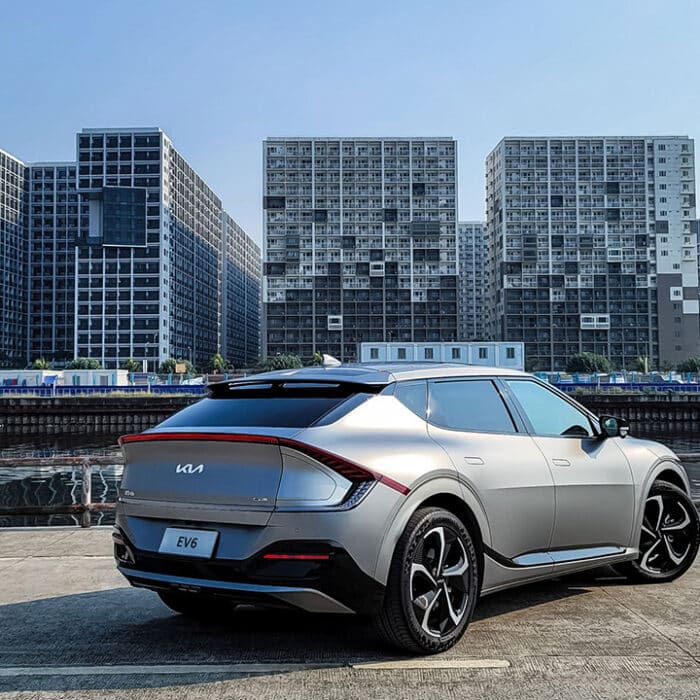
Kia is set to develop its first dedicated EV factory
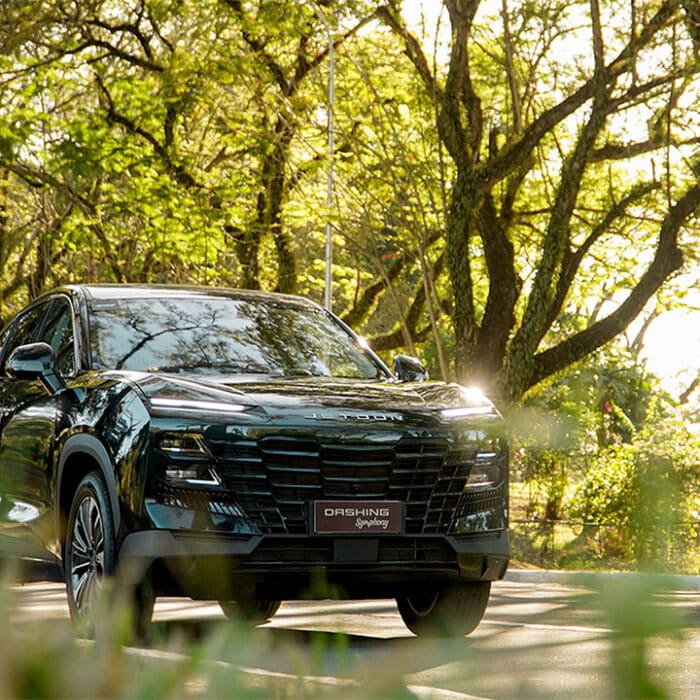
The Jetour Dashing Symphony comes with a complete JL Audio speaker system

The 2024 Suzuki Jimny 5-Door is now available in the Philippines.
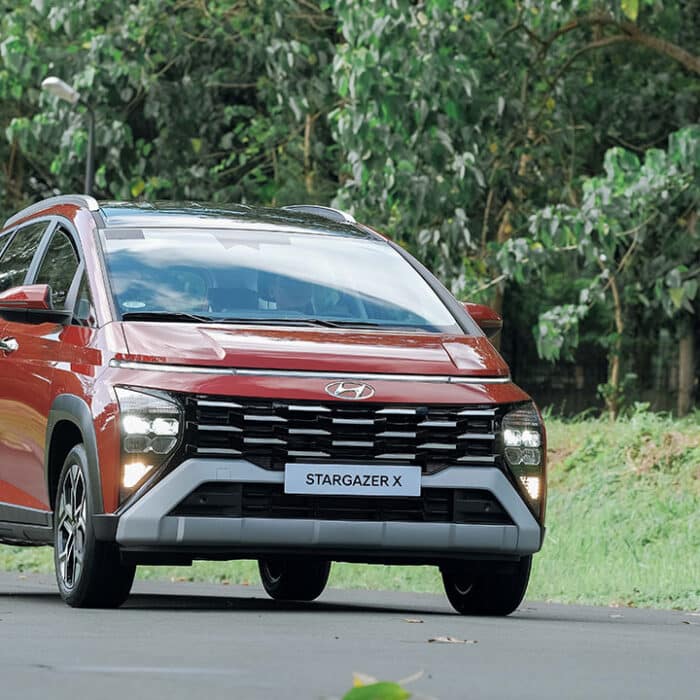
Hyundai Motor Philippines Inc. (HMPH) adds new deals to its smart payment plans so that customer
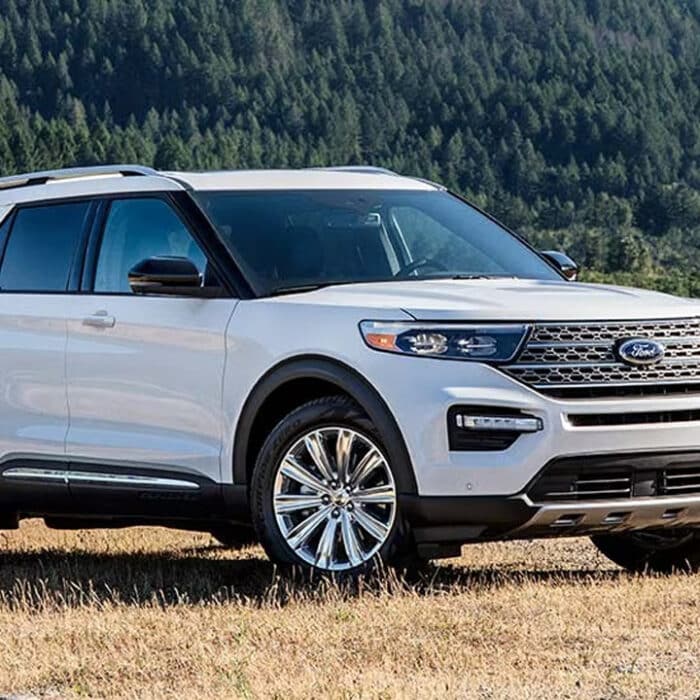
Ford Philippines announces the availability of the Ford Explorer across its dealerships nationwide

Customers can now see the Elantra N and IONIQ 5 N at the motorsport-themed café
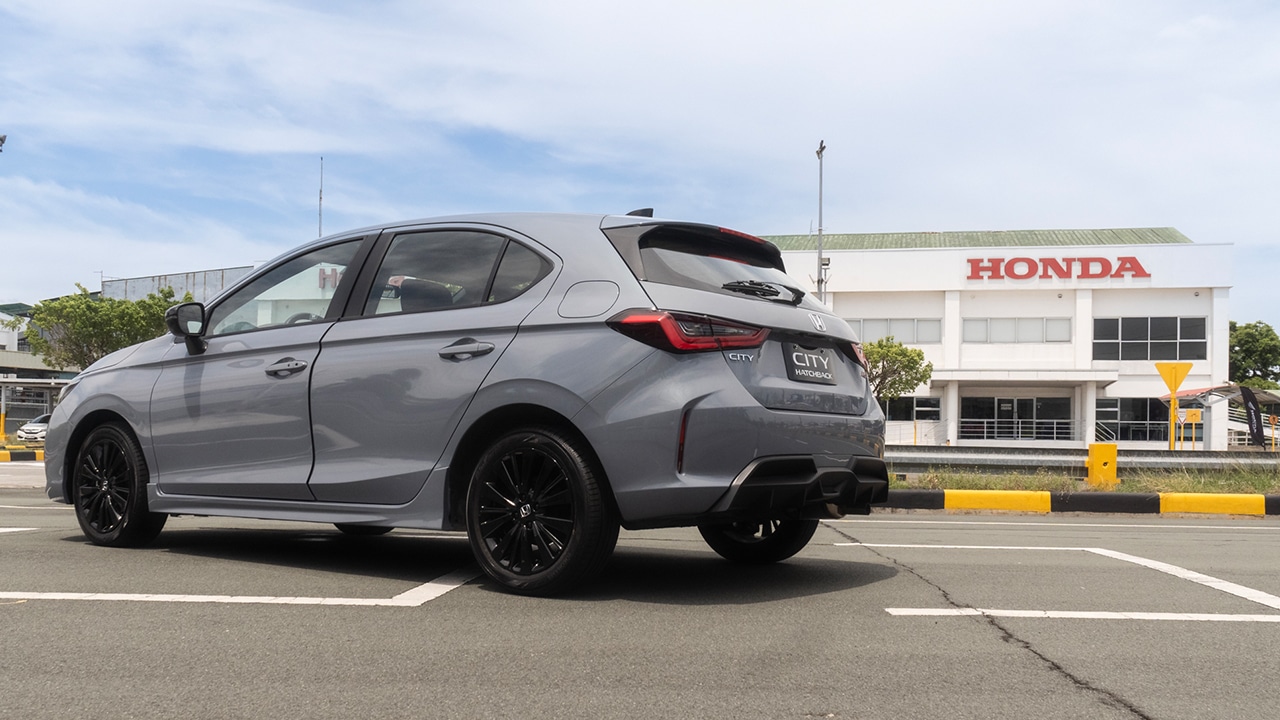
Honda Cars Philippines, Inc. (HCPI) officially launched the New City Hatchback.
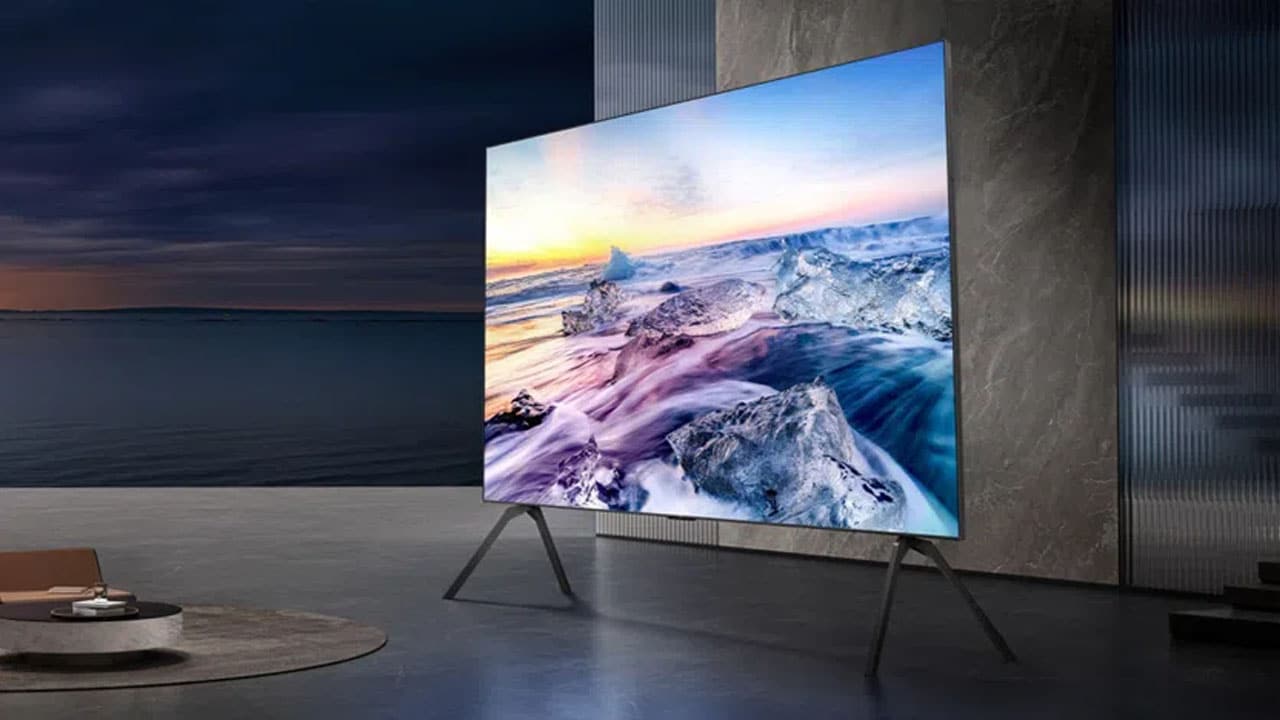
TCL unveils the world's first 115-inch TV, TCL X955 Max

The All-New Ford Bronco will be displayed in select Ford dealerships this month in the Philippines
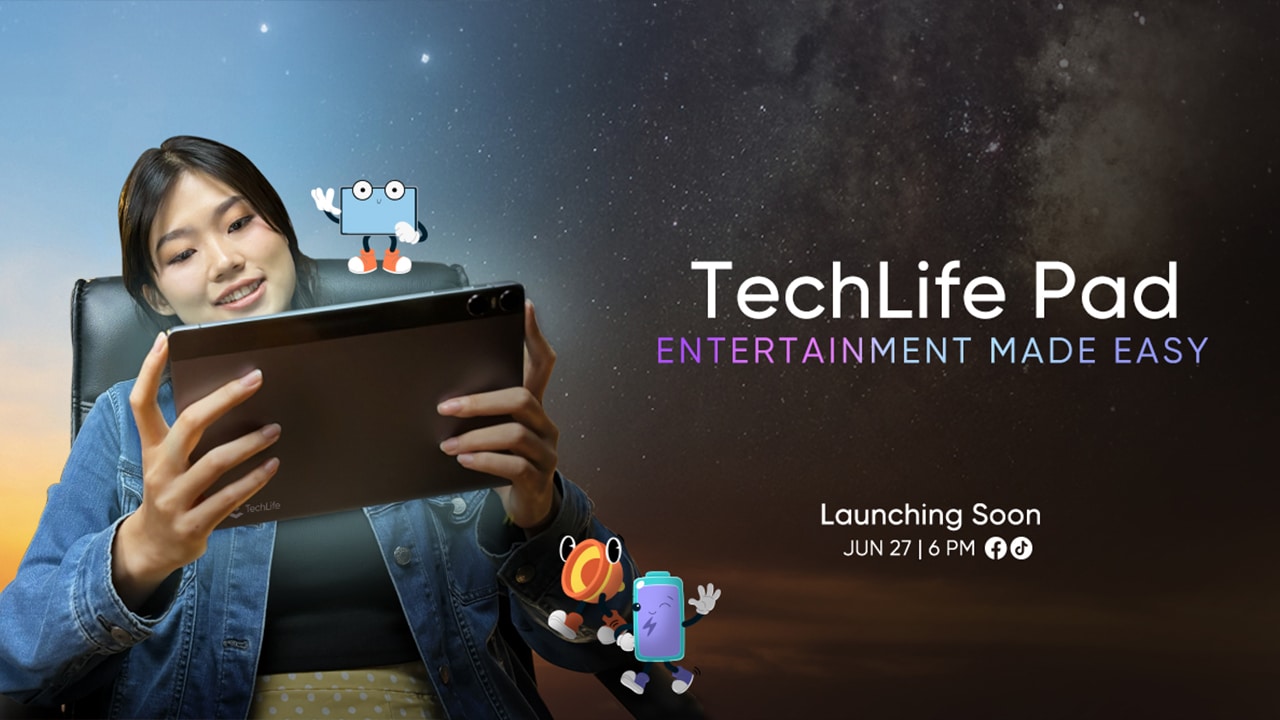
The brand-new TechLife Pad on June 27 in the Philippines
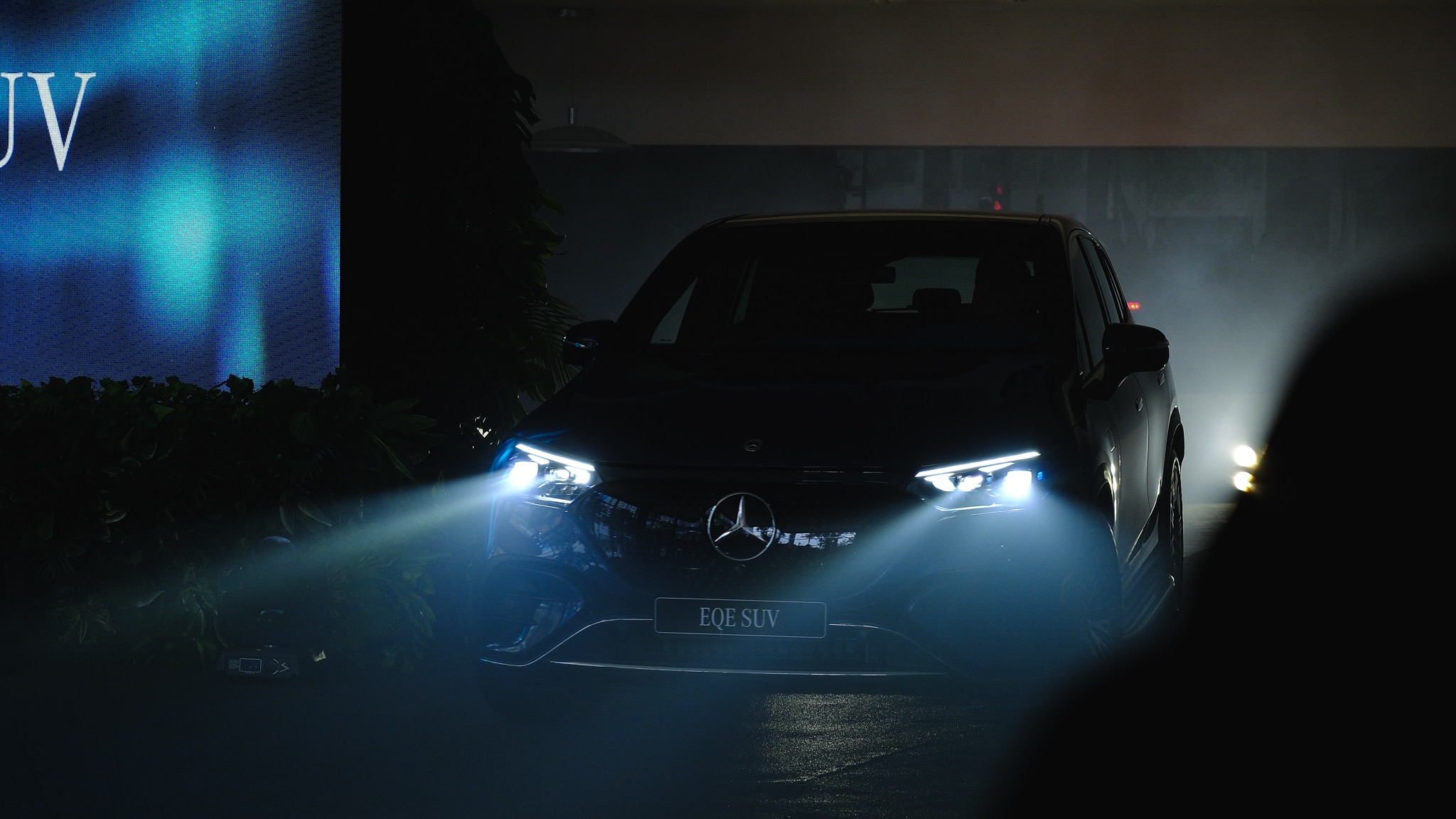
Mercedes-Benz has expanded its all-electric lineup in the Philippines with the introduction of the all-new EQE SUV. This cutting-edge electric…
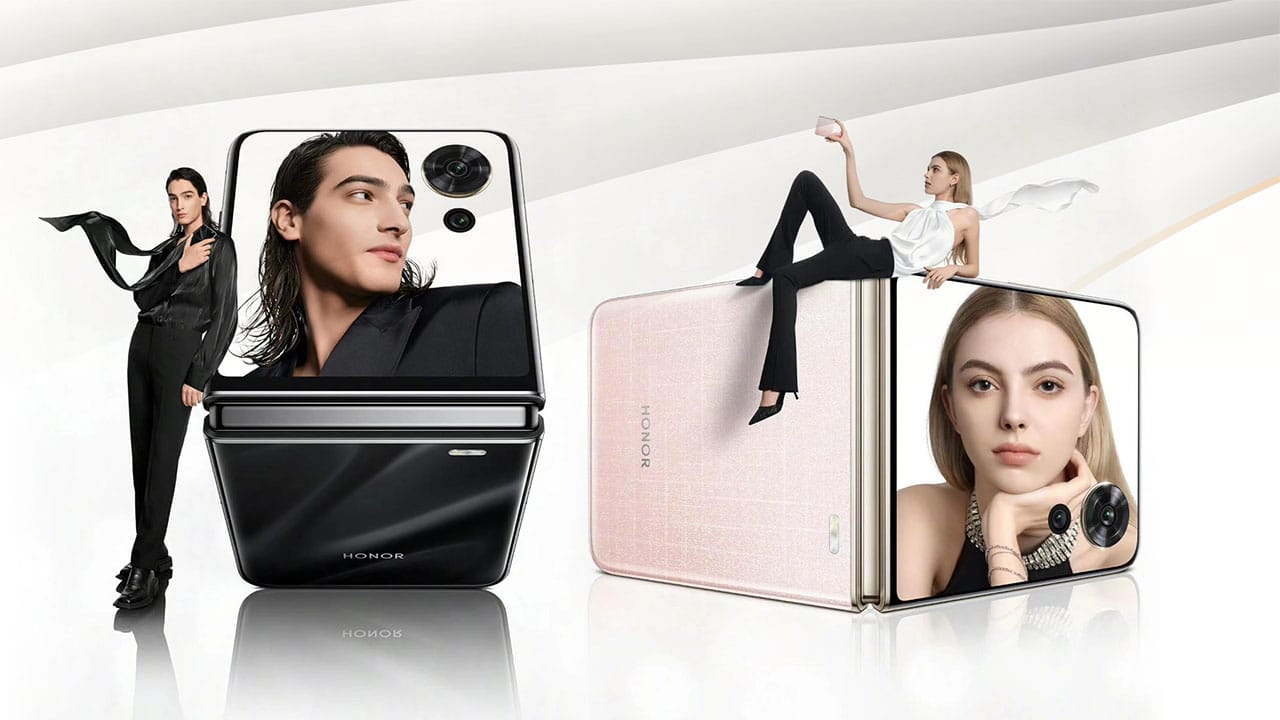
HONOR Philippines has teased the availability of the soon-to-launch Magic V Flip.
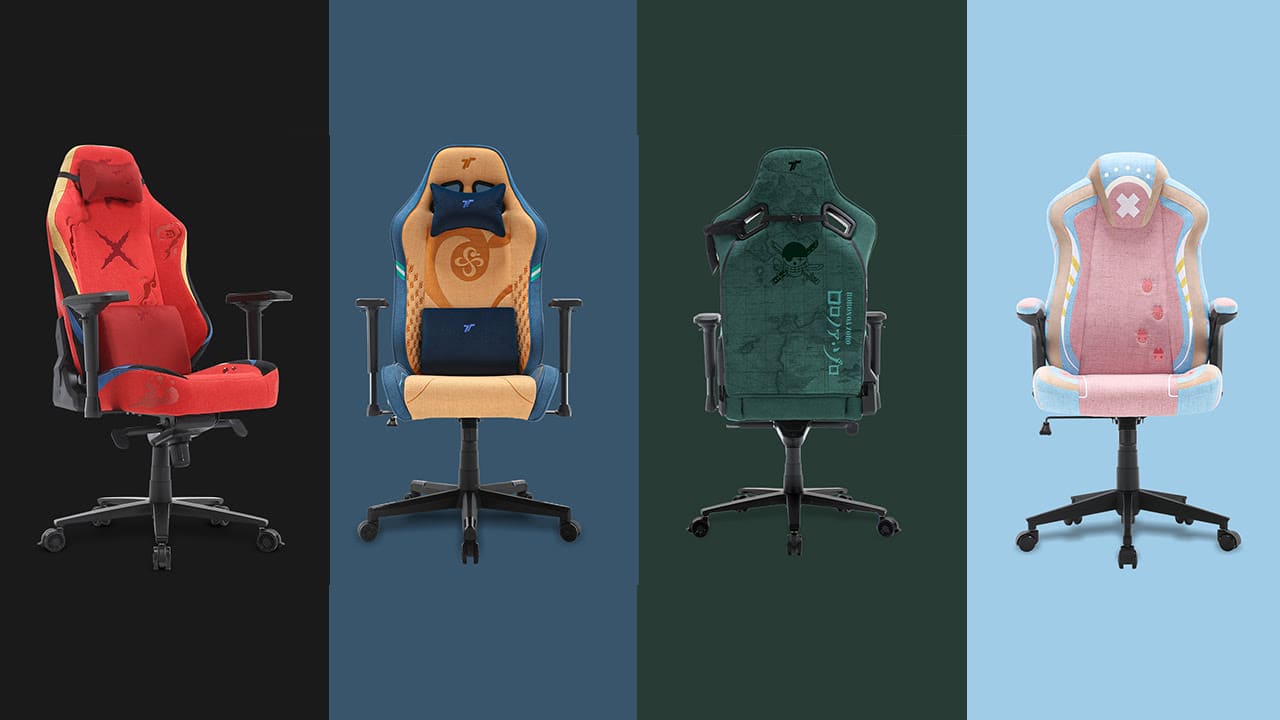
Show off your Straw Hat Pirate pride with the latest collaboration from TTRacing!
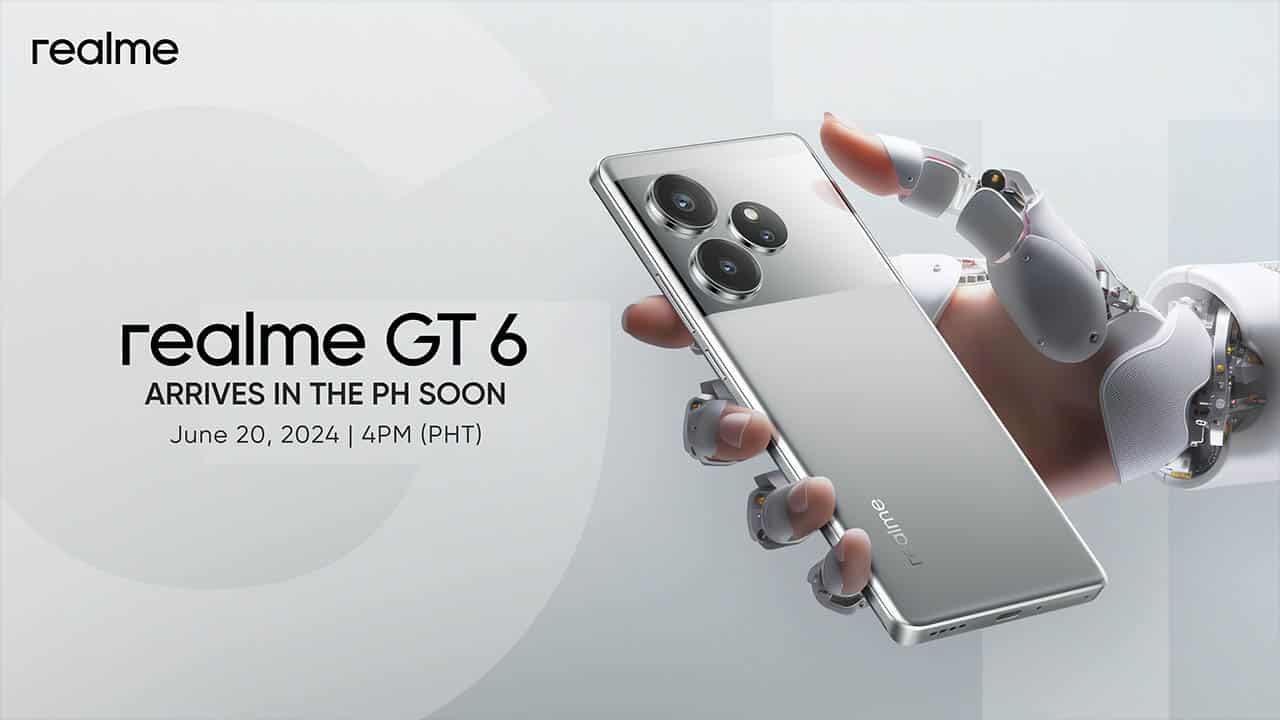
realme introduces the upcoming GT series as the "New Flagship Killer Powered by AI,"